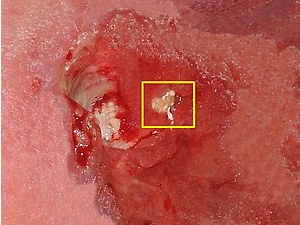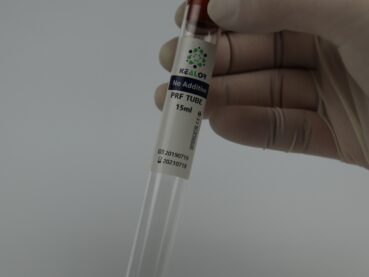Burn wounds, whether caused by accidents, fire, or other traumatic events, pose complex challenges in the realm of wound healing and tissue regeneration. Amidst the pursuit of innovative solutions, Platelet-Rich Plasma (PRP) therapy has emerged as a promising approach for accelerating the recovery of burn wounds. In this article, we’ll delve into the application of PRP therapy in burn wound treatment, exploring its mechanisms, benefits, and potential to transform the healing journey.
Understanding Burn Wounds
Burn wounds vary in severity, ranging from minor superficial burns to deep, extensive injuries affecting multiple layers of skin and tissues. Successful treatment requires a multidisciplinary approach and often involves managing pain, preventing infection, and promoting effective wound healing.
PRP Therapy: A Beacon of Regeneration
PRP therapy involves drawing a small amount of blood from the patient, processing it to concentrate platelets and growth factors, and then applying or injecting the PRP solution into the targeted area. The growth factors in PRP stimulate tissue repair, reduce inflammation, and promote healing.
The Potential Benefits of PRP for Burn Wound Treatment:
- Enhanced Healing: PRP’s growth factors stimulate cell proliferation, collagen synthesis, and angiogenesis (formation of new blood vessels), promoting faster wound closure and tissue regeneration.
- Reduced Risk of Infection: PRP’s antimicrobial properties can help minimize the risk of infection, a significant concern in burn wound treatment.
- Minimized Scarring: PRP therapy may contribute to improved cosmetic outcomes by supporting the formation of healthier tissue and potentially minimizing scarring.
- Anti-Inflammatory Effects: PRP’s anti-inflammatory properties can help manage inflammation and pain associated with burn wounds.
The PRP Treatment Process for Burn Wounds:
- Consultation: Consult with a qualified healthcare provider experienced in PRP therapy and burn wound treatment to assess the suitability of PRP for your specific case.
- Preparation: A small blood sample is drawn from the patient and processed to create the PRP solution.
- Application: The PRP solution is applied topically to the burn wound site or injected into the wound, depending on the provider’s assessment.
- Healing Monitoring: Regular follow-up visits will allow the healthcare provider to monitor the healing progress and adjust the treatment plan as needed.
Considerations and Professional Consultation:
- Wound Severity: The success of PRP therapy in burn wound treatment can depend on the severity of the burn. Consultation with a healthcare provider will help determine the appropriate approach.
- Timing: Timely initiation of PRP therapy is crucial to optimize its regenerative effects during the critical early stages of wound healing.
Platelet-Rich Plasma (PRP) therapy holds great promise as an adjunctive treatment for burn wounds, fostering accelerated healing, reduced risk of infection, and potentially improved cosmetic outcomes. As advancements in regenerative medicine continue, the integration of PRP therapy into burn wound treatment represents a compelling avenue to enhance the healing journey of individuals affected by burn injuries. If you or someone you know is navigating the challenges of burn wound recovery, discussing the potential benefits of PRP therapy with a qualified healthcare provider can offer renewed hope and a path to faster, more effective healing.








